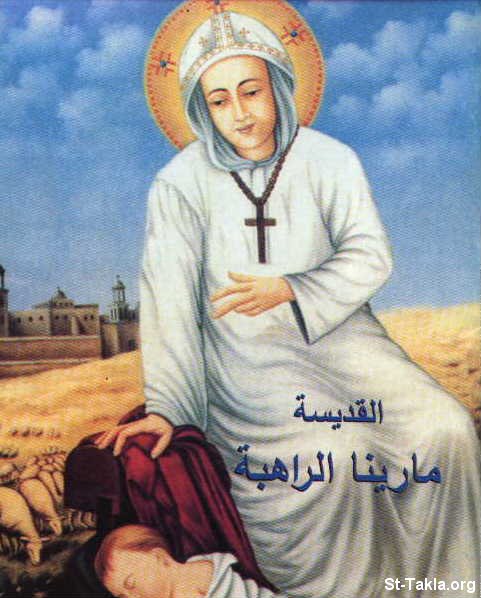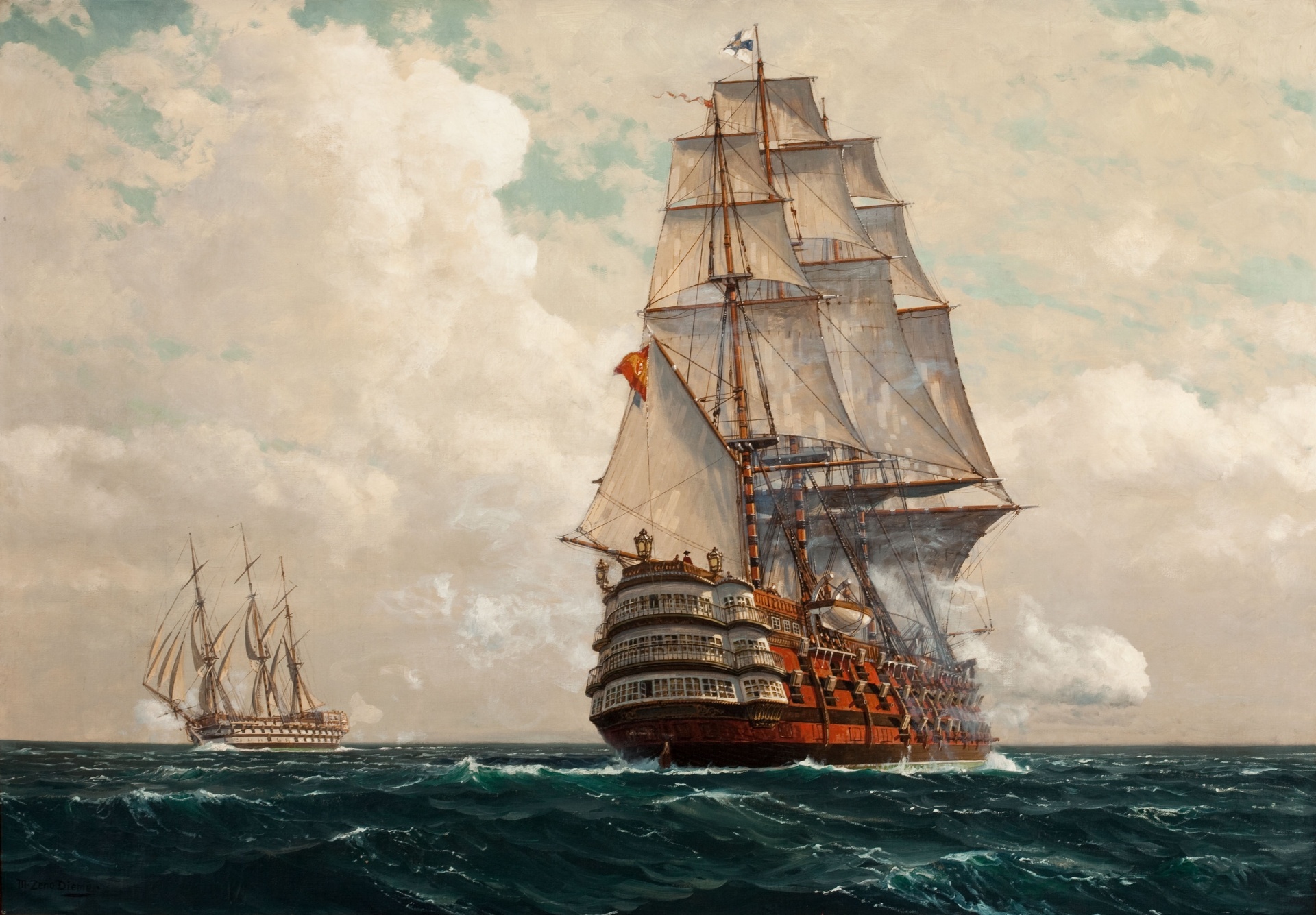After finishing the second half of the reading from the Golden Legends, I am extremely curious as to whether women frequently disguised themselves as men and became monks in the Middle Ages, as this theme appears in several stories from both halves. The phenomenon is especially intriguing to me because I would have assumed they could have just joined abbeys as nuns, though I suppose this would not have served as well as a disguise, nor would it have set the stage for the accusation of sexual immorality as well.
This set of stories contained more adventures and less torture, which was nice. However, I do not think they delved as deeply into the women's psyches as the previous stories. So with an eye towards the retelling, I think it would be interesting to take a first person perspective and look more deeply into their motivations for say, becoming a monk, or their feelings as they attempted to convert people or slew dragons. I am familiar with Martha from the Bible, which would give me additional background to draw upon for her emotions and character. I like the team element of Daria's story. Even though her husband originally converted her, afterwards they worked as equals and partners in their mission. As for Cecilia, I would like to delve into what she was thinking while she preached half dead with her head partially severed.
Another possibility, as mentioned in part A, would be to explore another figure's role. In Theodora's story, her husband is a likeable character, and the child she assumes responsibility for plays a larger role than in some of the similar stories. I was glad to know something of what happened to the child after the father/mother's death. Likewise, if I were to modernize a story, I think it would be Theodora's. I would be particularly interested in looking at battling demons in a modern context.

Tarasque. Web Source: Je vois la vie en rose.
Bibliography: Voragine's The Golden Legend, link to the reading online.
Bibliography: Voragine's The Golden Legend, link to the reading online.



















